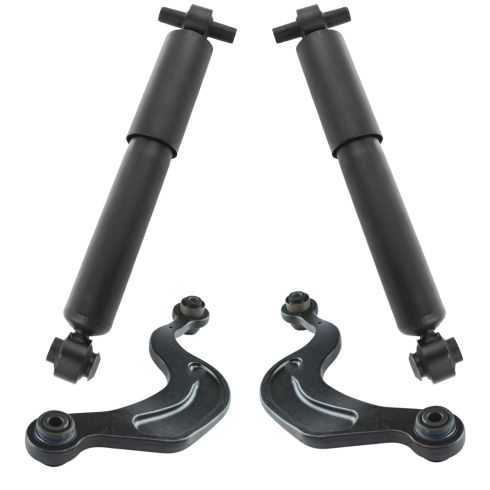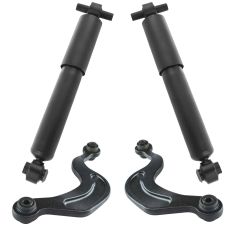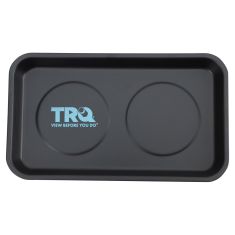1ASFK05755-Chevrolet GMC Buick Saturn Rear 4 Piece Suspension Kit TRQ PSA64853







Replaces
Chevrolet GMC Buick Saturn Rear 4 Piece Suspension Kit TRQ PSA64853




Frequently bought together
Product Reviews
Loading reviews
Customer Q&A
No questions have been asked about this item.














